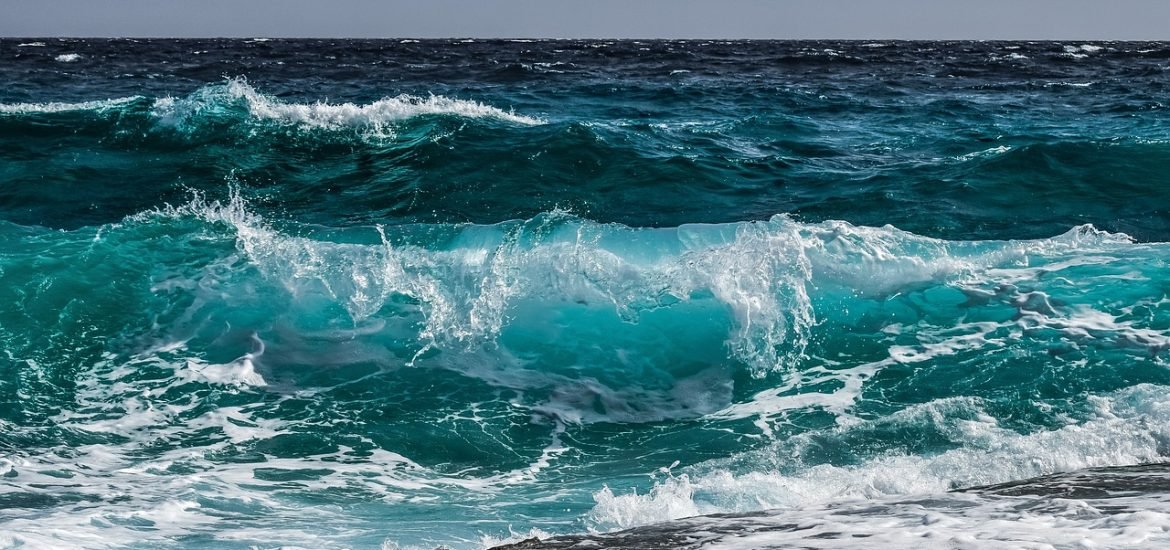
Changes in ocean density significantly impact the rate at which marine plankton can use carbon and incorporate it into their shells, according to a study published in the journal Royal Society Open Science. The authors warn that this has major implications for carbon cycling and the ocean’s ability to absorb CO2 in response to climate change.
For a long time, researchers have been exploring how ocean chemistry and acidification alter marine plankton. Now, a team led by Dr Stergios Zarkogiannis from the University of Oxford, UK, goes beyond chemistry to understand how physical properties — namely water density — can also influence aquatic life.
Foraminifera, microscopic shell-bearing organisms, play a key role in the carbon cycle. These organisms can capture CO2 into their calcium carbonate shells in a process called calcification. Eventually, they sink to the ocean floor when they die and contribute to long-term carbon storage. However, the factors influencing calcification are still a mystery.
The Oxford team focussed on Trilobatus trilobus, an abundant planktonic foraminifera species.
It turns out that this species is susceptible to changes in ocean density and salinity and adjusts its calcification process in response. As T. trilobus cannot actively move itself, it relies on buoyancy forces to keep its position in the water. The results show that, as ocean density decreases (which decreases buoyancy), T. trilobus reduces calcification to limit its weight and stop itself from sinking. This leaves the surface water more alkaline and increases its ability to absorb CO2.
This can have profound implications for climate change: when ice melts, it introduces freshwater into oceans, causing ocean density to decrease, which in turn triggers T. trilobus to reduce calcification.
Lower calcification increases ocean alkalinity and enhances its capacity to absorb CO2. Overall, increased absorption of CO2 by the oceans has a more significant influence than the lower incorporation of carbon into planktonic foraminifera. “Our findings demonstrate how planktonic foraminifera adapt their shell architecture to changes in seawater density. This natural adjustment, potentially regulating atmospheric chemistry for millions of years, underscores the complex interplay between marine life and the global climate system,” said Dr Stergios Zarkogiannis.
In the study, the authors analysed late T. trilobus fossil shells from the late Holocene. Samples were collected from deep-sea sediment sites along the Mid-Atlantic Ridge in the central Atlantic Ocean. Using X-ray microcomputed tomography (which captures thousands of X-ray images), the team reconstructed each sample in three dimensions to reveal hidden anatomical details, as well as shell trace element geochemistry. The aim was to connect calcification patterns to variations in salinity, density, and carbonate chemistry.
This analysis revealed that the species produces thinner, lighter shells in equatorial waters and thicker, heavier shells in the denser subtropical regions. According to the authors, physical characteristics, such as density and salinity, are just as important as chemical factors.
“Although planktonic organisms may passively float in the water column, they are far from passive participants in the carbon cycle. By actively adjusting their calcification to control buoyancy and ensure survival, these organisms also regulate the ocean’s ability to absorb CO2. This dual role underscores their profound importance in understanding and addressing climate challenges,” said Dr Zarkogiannis.
More research is needed. For example, it remains unclear whether this is a universal process affecting all planktonic organisms, including those that form shells using silica or organic materials.
Stergios Z (2024) Calcification and ecological depth preferences of the planktonic foraminifer Trilobatus trilobus in the central AtlanticR. Soc. Open Sci.11240179 http://doi.org/10.1098/rsos.240179